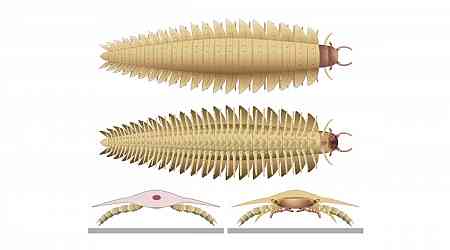A study has now given us a glimpse into the genetics of modern roses, revealing how human intervention shaped their development over time. Roses have been cherished for centuries as ornamental plants, but much of their genetic background has remained unclear. Researchers now know how roses from Eastern and Western species combined. This research has provided valuable insights into breeding hardier and more visually striking varieties. It highlights the importance of genetic diversity. This could play a key role in making roses more adaptable to future climate changes.
Roses Across Continents
For many years, roses were grown separately in China and Europe. When Chinese roses made their way to Europe in the 18th century, it changed the course of rose cultivation. While the ‘Old Blush' rose from China has often been credited with this transformation, scientists are now pointing to Rosa odorata as another significant contributor. The fusion of Eastern and Western species laid the foundation for modern roses, known for their repeated blooming and varied forms, as we see in gardens today.
Decoding Rose Genetics for Future Breeding
Led by Professor Zhangjun Fei at the Boyce Thompson Institute, the research team began by studying the genome of a popular modern rose variety called ‘Samantha®'. It has four sets of chromosomes, which made the genetic mapping process quite complex. Due to this information, scientists can now advance the understanding of rose genetics and breeding. The team also sequenced the DNA of 233 other rose varieties, building a comprehensive map that traces the evolution of modern roses.
This work is set to help breeders develop roses that bloom longer, are easier to care for, and resist pests and diseases better. It also underscores the need to maintain genetic diversity to ensure roses can continue to adapt to the changing environment.
































